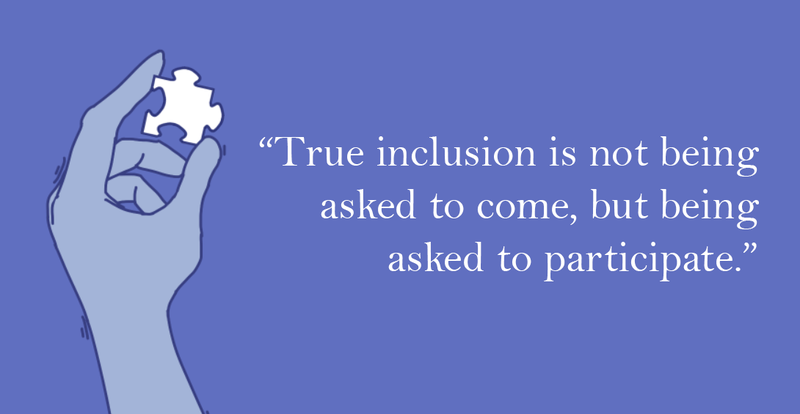By Sukirti Manandhar, Communications and Outreach Officer at OLE Nepal | April 2022
April is known as the Autism Awareness month and the theme for this year was “Inclusive Quality Education For All”. Since over a decade, OLE Nepal has been working toward making education accessible, inclusive and meaningful for all. But despite the ongoing efforts we put into creating content for learners with different needs, people still do not have a strong understanding of what it means to be neurodivergent.
Neurodivergent means thinking, behaving and experiencing the world differently than others, and autism is a developmental disability that impacts somebody’s social and self-regulatory skills. This can lead them to have difficulty in communication or maintaining relationships. Autistic people fall under the neurodivergent umbrella. Around 15-20% of the population is believed to be neurodivergent. Many other conditions like dyslexia, dyscalculia and ADHD fall under it too, but it still remains a non-exhaustive list.
Lately, due to advocacy and awareness campaigns, we’ve been gradually making progress in this field. Mental health matters are being brought into the light more, but even so, only the textbook definitions of these conditions are discussed. While some cases may fit into those surface-level understandings, not every neurodivergent person is the same as another. If you know one autistic person, you only know one autistic person. It is a spectrum disorder after all, meaning it has a wide rage and anyone with autism can fall anywhere in it. Some people can be autistic and have a lot of trouble integrating in social settings, while some can be autistic, yet pass as highly functional.

For a large part of the autism movement, the puzzle piece has been used to symbolize autism and sometimes neurodivergence. The initial ideas behind the symbol have received some backlash, and many people disagree with how it might have given the wrong impressions about autism to the general population. It promoted the notion that people with autism were puzzles that needed to be put together, or that they were missing parts of themselves in some ways. In the same light, many awareness and acceptance campaigns only patronize instead of protecting and supporting autistic people. The truth is, the most definitive way to understand autism is by listening to those who have it. It is only through them that we can begin to understand what neurodivergency is, because for them, it is a real experience and not a “difference”, despite being othered in every aspect, for them, that is their one and only life experience.
These days many autistic or neurodivergent people have reclaimed the puzzle piece, no longer signifying that they are incomplete, but to show that they themselves are a part of the puzzle, a piece that fits into the bigger picture. It is the whole puzzle that has missing pieces, because for so long neurodivergent individuals have been left out of the scene.
So even though we can do our best to talk about the differences people have, we can only progress if we learn to listen to each other. In the same way, we must learn to listen to kids who are neurodivergent. Instead of deciding for them, it’s time that we asked them how they felt and let them have their say in the process, because true inclusion is not being asked to come, but being asked to participate.